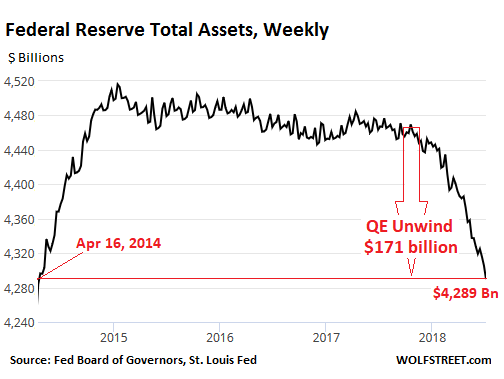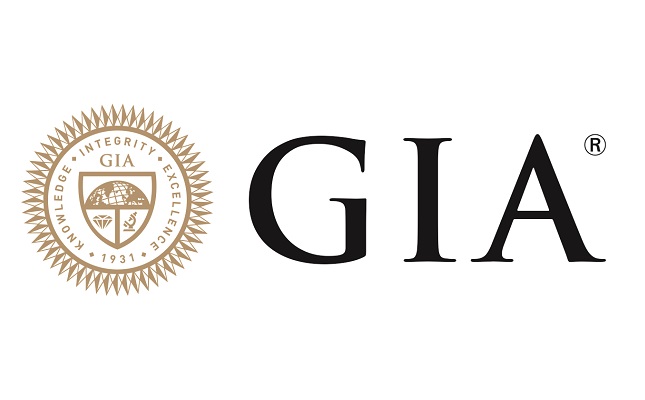Diamond News Archives
- Category: News Archives
- Hits: 1248
3+ Hours of Insights on Stocks, Bonds, Bitcoin/Cryptos, Real Estate, the Dollar, Precious Metals... and Much More
It’s been months in the making. And now it’s here! Mike has spent countless hours and late nights researching and compiling the best possible presentation to get you up-to-speed on the coming shift in the markets.
You’ll be amazed at the magnitude of trouble Mike sees coming. In this 5-part, online presentation[1], he outlines his case that the bubble that’s growing in size each day could pop sooner than anyone expects.
He also reveals his game plan for the markets’ next leg down, including the specific investments he owns (and why) and how he’s weighted his personal portfolio for safety and for profit.
Don’t miss your chance to learn directly from Mike, the man who warned the world ahead of the 2008 housing bubble, predicted the historic rise of Bitcoin, and whose book foretold the current day’s deflation and runaway stock prices. Register now[2] to get instant access to Mike’s biggest economic update in years.
References
- ^ 5-part, online presentation (pages.wealthcycles.com)
- ^ Register now (pages.wealthcycles.com)
- Category: News Archives
- Hits: 1221
Gold rose sharply overnight in a range of $1255.50 - $1266, with some buy stops triggered over the $1259-61 – quadruple top (6/27, 7/4, 7/5, and 7/6 highs) to reach a two-week high.
The yellow metal was fueled by a weaker dollar, with the DX dropping from 94.02 to 93.71 to reach a one-month low.
The greenback was pressured by a rebound from recent weakness in the yuan (6.6112, Chinese foreign exchange reserves rose), strength in the euro ($1.1740 - $1.1790, stronger German Trade Balance and Eurozone Sentix Investor Confidence), and a firmer pound ($1.3285 - $1.3362, Brexit Minister Davis resigns, increasing likelihood of soft Brexit).
Healthy advances in global equities – despite the implementation of tariffs by the US and China on Friday - were a headwind for gold with the NIKKEI +1.2%, the SCI +2.5%, European shares were up from 0.2% to 0.6%, and S&P futures were +0.4%. Weaker oil prices (WTI down to $73.45) weighed on stocks.
At 9AM, dovish comments by the ECB’S Draghi softened the euro ($1.1765 - reiterated pledge to leave rates unchanged through the summer of 2019), helped lift the DX to 93.90, and pushed gold back to $1263.
At 10AM, the resignation of UK Foreign Secretary Johnson (again over May’s soft Brexit plan) crushed the pound ($1.3240), and further weakened the euro ($1.1755). The dollar gained, with the DX climbing back over 94 to reach 94.08.
Gold was knocked lower to $1260.50, also pressured by a rise in the US 10-year bond yield (2.862%) and a stronger opening and early gains in US stocks. The S&P was up +18 to 2778 by late morning, with industrials and financials leading gainers, and a rebound in oil (WTI to $74) aided the move.
Into the...
- Category: News Archives
- Hits: 1773
Gold futures prices climbed Monday, with the recent retreat in the U.S. dollar helping to lift the metal to its strongest finish in nearly two weeks, as investors tested key chart territory for bruised bullion.
August gold GCQ8, +0.20%[1] tacked on $3.80, or 0.3%, to settle at $1,259.60 an ounce, the highest finish for a most-active contract since June 26, according to FactSet data.
“All will depend on the U.S. dollar for gold,” said Chintan Karnani, chief market analyst at Insignia Consultants. And “more negative news from the U.S. trade war should be bullish for gold.”
The North Atlantic Treaty Organization meeting coming up this week may “also affect the U.S. dollar and gold,” said Karnani. “Trump and his bag of surprises in the NATO meet will keep financial markets nervous.”
Opinion column: Could Trump’s tariff war lead to a ‘Reagan moment’ in global trade?[2]
Gold notched a slight gain for last week, after a mostly upbeat U.S. jobs report[3] was seen keeping the Federal Reserve on a path toward gradually higher interest rates, moving at no faster a pace than longtrend expectations for markets. Yet, gold futures at the start of last week had hit their lowest levels of 2018, knocked lower by a strengthening dollar.
Gold “needs to break and trade” over $1,272.70 until Friday “to attract short covering and make way for $1,302,” said Karnani. But if gold does not break that 100-week moving average of $1,272.70, “then it will trade in a wider $1,235-$1,272.70 range.”
On Monday, the most popular...
- Category: News Archives
- Hits: 1733
With QE, the Fed created money to buy securities and pump up asset prices; now it sheds securities to destroy this money.
Here’s what the Fed’s QE unwind – or the balance sheet normalization, as it calls it – is all about: it reverses over an unknown span of years a large part of what QE had done over the span of five-and-a-half years. During QE, whose stated purpose was the “wealth effect,” the Fed amassed $3.4 trillion in Treasury securities and mortgage-backed securities (MBS). Just as the Fed spent a year tapering QE to zero, it is now spending a year ramping up the QE unwind.
Total assets on the Fed’s balance sheet[1] for the week ending July 4 dropped by $29.4 billion over the past four weeks. This brought the total drop since October, when the QE unwind began, to $171 billion. At $4,289 billion, total assets are now at the lowest level since April 16, 2014, during the middle of the “taper.”

The Fed’s announced plan calls for shedding up to $420 billion in securities this year and up to $600 billion a year in each of the following years until the Fed considers its balance sheet to be “normalized” — or until something major goes awry. For June, the plan calls for the Fed to shed up to $18 billion in Treasuries and up to $12 billion in MBS. So how did it go?
Treasury securities
The balance of Treasury securities fell by $17.5 billion in June to $2,360 billion, the lowest since May 7, 2014. Since the beginning of the QE-Unwind, $105 billion in Treasuries “rolled off.”
The step-pattern in the chart below is a result of how the Fed sheds securities. It...
- Category: News Archives
- Hits: 1173

(IDEX Online) – Scientists at Princeton University called on GIA’s (Gemological Institute of America) expertise in gemological research and the analysis of optical centers to evaluate how to use the unique properties of diamonds to create a highly secure communications network.
The research, published in the July 6, 2018 issue of Science magazine, examined how color centers created by replacing two carbon atoms with one silicon atom in the crystal lattice of a synthetic diamond could be used to store and retransmit information in a quantum communications network, that would allow for the transmission of information between physically separated processors. Using instrumentation and techniques developed at GIA, GIA Research Associate Lorne Loudin, one of several co-authors of the article, helped to accurately determine the distribution of the color centers in the diamonds examined for the research, which guided materials engineering efforts to create the desired colors.
“Accurately mapping the color centers, which occur at low concentrations in uncontrolled samples, was an important aspect of our research,” said lead researcher Nathalie de Leon, assistant professor of electrical engineering at Princeton. “GIA’s expertise and specialized equipment for mapping such defects was crucial to the project.”
“GIA’s decades of scientific inquiry into the fundamental characteristics of natural and synthetic diamonds gave us a unique ability to collaborate with Princeton and Professor de Leon,” said Dr. Wuyi Wang, GIA vice president of research and development. “This is another example of how gemological research can be applied to different areas of scientific inquiry.”
GIA has conducted and published research on diamonds, colored stones and pearls for more than 60 years. G. Robert Crowningshield, a GIA researcher for more than 50 years, published...


